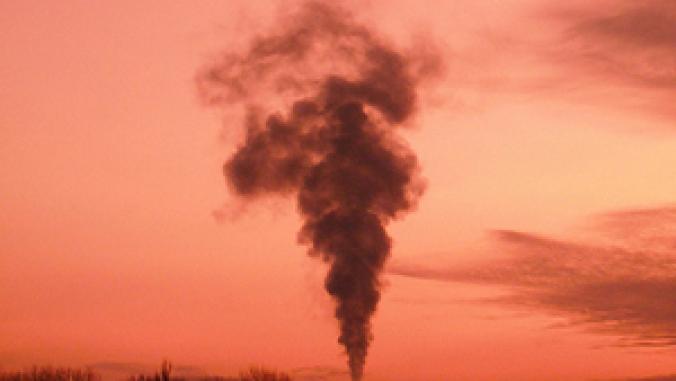Planes, Trains, Hybrid Automobiles Keep UPS Trucking Toward Efficiency
In its 2008 corporate sustainability report, UPS sets a hard target for emissions reductions in what it says is the world's ninth-largest airline, and lays out how a steady focus on efficiency is trimming the company's footprint.

In its 2008 corporate sustainability report, UPS sets a hard target for emissions reductions in what it says is the world's ninth-largest airline, and lays out how a steady focus on efficiency is trimming the company's footprint.
UPS's air operations, UPS Airlines, consists of 262 jets and flies more than 1800 flights a day. As a result, the air division of the company is responsible for 53 percent of UPS's overall greenhouse gas emissions.
With the release of this year's report, available online at UPS.com, the company has set a goal of reducing the emissions from UPS Airlines by 20 percent in the next 11 years, resulting in a footprint in 2020 that is 42 percent lower than 1990 levels.
UPS aims to achieve this goal in three ways: Improving the fuel efficiency of its aircraft and engines, increased use of biofuels for flights, and operational initiatives to save fuel use.
Operational initiatives focused on fuel efficiency have already paid off in major ways in other areas of UPS operations: the company's Package Flow Technology, which optimizes delivery vehicles' routes, has cut the total number of miles driven by 100 million since 2003.
Another fuel-saving and emission-reducing practice that UPS highlights in its report is its use of trains rather than airplanes or trucks whenever possible, which has resulted in preventing the emission of 3 million metric tonnes of CO2 equivalent.
UPS has been focusing on its truck fleets for some time, and now boasts more than 1,800 alternative-fuel vehicles in its global fleet; in 2008, the company boosted its alt-fuel fleet by 30 percent, which included the adoption of hydraulic, hybrid-electric delivery trucks.
And one seemingly small innovation has resulted in a big impact: by introducing paperless label printing last year, the company expects to save over 1.3 tons of paper every year, as well as millions of dollars in costs.
UPS's focus on efficiency has led to an overall reduction of energy intensity and carbon intensity for its U.S. package operations: in 2008, overall energy consumption and absolute Scope 1 and Scope 2 emissions dropped by 2.5 percent, when normalized by revenue.
The full report is online at UPS.com.
UPS's air operations, UPS Airlines, consists of 262 jets and flies more than 1800 flights a day. As a result, the air division of the company is responsible for 53 percent of UPS's overall greenhouse gas emissions.
With the release of this year's report, available online at UPS.com, the company has set a goal of reducing the emissions from UPS Airlines by 20 percent in the next 11 years, resulting in a footprint in 2020 that is 42 percent lower than 1990 levels.
UPS aims to achieve this goal in three ways: Improving the fuel efficiency of its aircraft and engines, increased use of biofuels for flights, and operational initiatives to save fuel use.
Operational initiatives focused on fuel efficiency have already paid off in major ways in other areas of UPS operations: the company's Package Flow Technology, which optimizes delivery vehicles' routes, has cut the total number of miles driven by 100 million since 2003.
 |
Another fuel-saving and emission-reducing practice that UPS highlights in its report is its use of trains rather than airplanes or trucks whenever possible, which has resulted in preventing the emission of 3 million metric tonnes of CO2 equivalent.
UPS has been focusing on its truck fleets for some time, and now boasts more than 1,800 alternative-fuel vehicles in its global fleet; in 2008, the company boosted its alt-fuel fleet by 30 percent, which included the adoption of hydraulic, hybrid-electric delivery trucks.
And one seemingly small innovation has resulted in a big impact: by introducing paperless label printing last year, the company expects to save over 1.3 tons of paper every year, as well as millions of dollars in costs.
UPS's focus on efficiency has led to an overall reduction of energy intensity and carbon intensity for its U.S. package operations: in 2008, overall energy consumption and absolute Scope 1 and Scope 2 emissions dropped by 2.5 percent, when normalized by revenue.
The full report is online at UPS.com.




